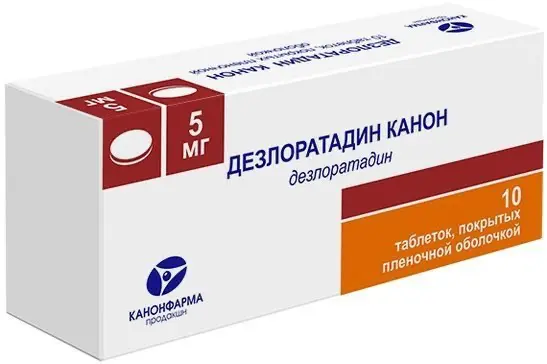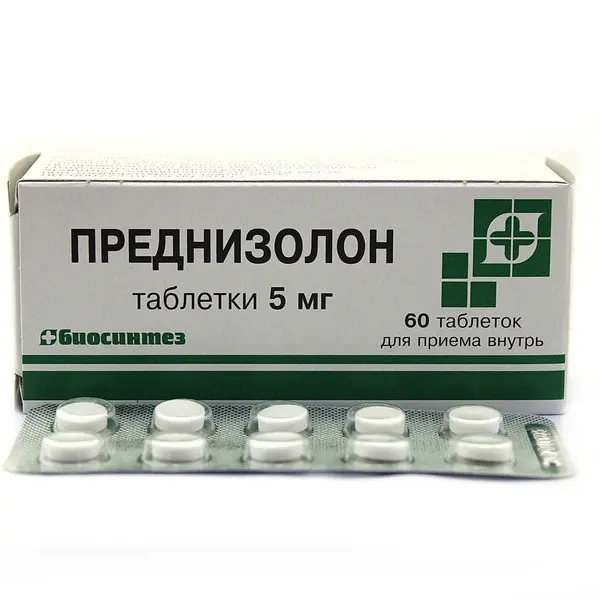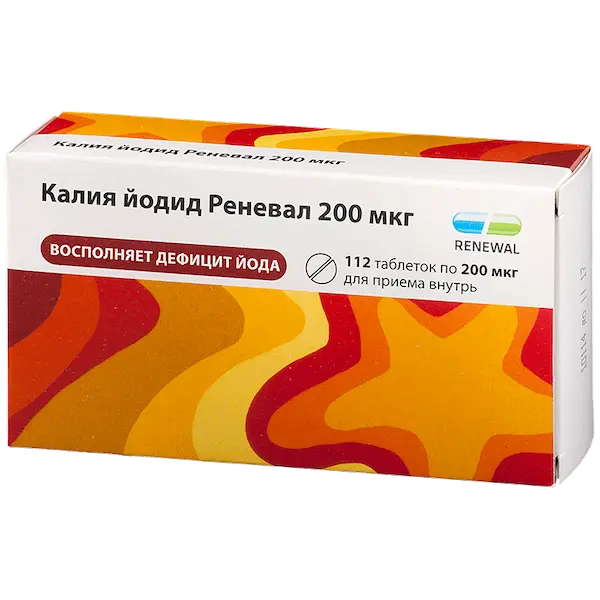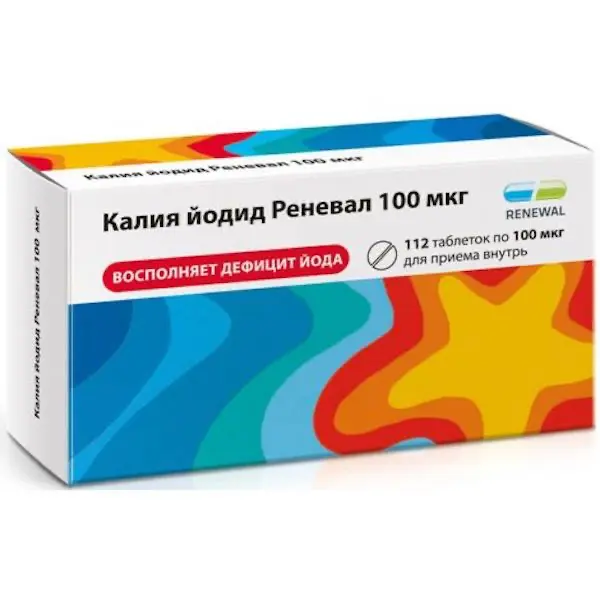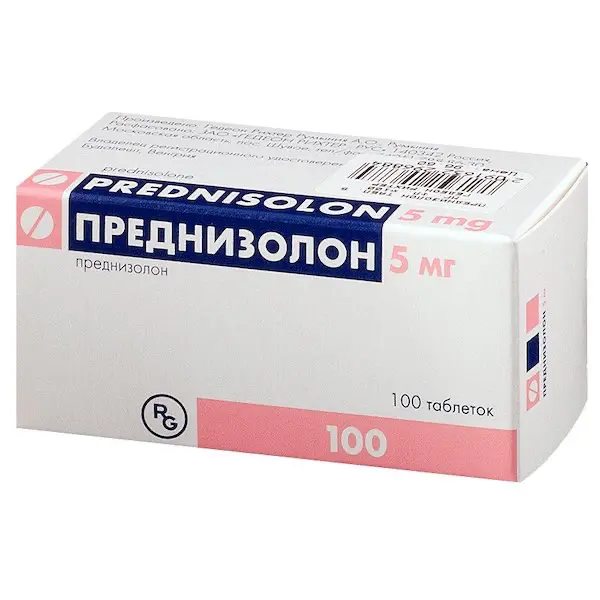Description
Dexamethasone Pharmacodynamics
Dexamethasone is a synthetic glucocorticosteroid (GCS), a methylated fluoroprednisolone derivative. It has anti-inflammatory, anti-allergic, desensitizing, immunosuppressive, antishock and antitoxic effects.
Inhibits secretion of thyroid hormone and follicle stimulating hormone.
Increases the excitability of the central nervous system, reduces the number of lymphocytes and eosinophils, increases the number of red blood cells (stimulates the production of erythropoietins).
It interacts with specific cytoplasmic receptors and forms a complex that penetrates into the cell nucleus, stimulates the synthesis of matrix ribonucleic acid (mRNA); the latter, induces the formation of proteins, including lipocortin, mediating cellular effects. Lipocortin inhibits phospholipase A2, suppresses the release of arachidonic acid and inhibits the synthesis of endoperoxides, prostaglandins, leukotrienes that contribute to the processes of inflammation, allergy and others.
Influence on protein metabolism: reduces the amount of protein in plasma (at the expense of globulins) with increased albumin/globulin ratio, increases the synthesis of albumin in the liver and kidneys; increases protein catabolism in muscle tissue.
Influence on lipid metabolism: increases the synthesis of higher fatty acids and triglycerides, redistributes fat (fat accumulation mainly in the shoulder girdle, face, abdomen), leads to hypercholesterolemia.
Effect on carbohydrate metabolism: increases absorption of carbohydrates from the gastrointestinal tract (GIT); increases the activity of glucose-6-phosphatase, leading to increased glucose flow from the liver into the blood; increases the activity of phosphoenolpyruvate carboxylase and aminotransferase synthesis, which leads to activation of gluconeogenesis.
Effect on water-electrolyte metabolism: it retains sodium ions and water in the body, stimulates excretion of potassium ions (mineralocorticosteroid activity), reduces absorption of calcium ions from the gastrointestinal tract, “washes” calcium ions from bones, increases excretion of calcium ions by kidneys.
Anti-inflammatory action is associated with inhibition of release of inflammatory mediators by eosinophils; induction of lipocortin formation and reduction of the number of mast cells producing hyaluronic acid; reduction of capillary permeability; stabilization of cell membranes and organelle membranes (especially lysosomal).
Anti-allergic action develops as a result of suppression of synthesis and secretion of allergy mediators, inhibition of release of histamine and other biologically active substances from sensitized mast cells and basophils, reduction of circulating basophils, suppression of lymphoid and connective tissue development, reduction of T- and B-lymphocytes, mast cells, reduction of sensitivity of effector cells to allergy mediators, suppression of antibody formation, change of immune response of the body.
In chronic obstructive pulmonary disease the action is mainly based on inhibition of inflammatory processes, inhibition of development or prevention of mucous membrane edema, inhibition of eosinophilic infiltration of submucous layer of bronchial epithelium, deposition of circulating immune complexes in bronchial mucosa, and inhibition of mucous membrane erosion and desquamation. Increases sensitivity of small and medium caliber bronchial beta-adrenoreceptors to endogenous catecholamines and exogenous sympathomimetics, decreases bronchial secretion viscosity by inhibiting or reducing its production.
Antishock and antitoxic action is associated with increase of arterial pressure (due to increase in concentration of circulating catecholamines and restoration of sensitivity of adrenoreceptors to them, as well as vasoconstriction), reduction of vascular wall permeability, membrane-protective properties, activation of liver enzymes involved in metabolism of endo- and xenobiotics.
Immunosuppressive effect is caused by inhibition of cytokine release (interleukin-1, interleukin-2; interferon gamma) from lymphocytes and macrophages.
It suppresses the synthesis and secretion of adrenocorticotropic hormone (ACTH), and secondary to the synthesis of endogenous GCS.
The peculiarity of action is a significant inhibition of pituitary function and almost no mineralocorticosteroid activity. Doses of 1-1.5 mg/day inhibit adrenal cortex; biological half-life is 32-72 hours (duration of inhibition of hypothalamic-pituitary-cortical adrenal system).
In terms of glucocorticoid activity, 0.5 mg of dexamethasone corresponds to approximately 3.5 mg of prednisolone, 15 mg of hydrocortisone or 17.5 mg of cortisone for oral dosage forms.
Indications
Systemic connective tissue diseases (systemic lupus erythematosus, scleroderma, periarteritis nodosa, dermatomyositis, rheumatoid arthritis).
Acute and chronic inflammatory joint diseases: gouty and psoriatic arthritis, osteoarthritis (including posttraumatic), polyarthritis, periarthritis of the shoulder, ankylosing spondylitis (Behterev’s disease), juvenile arthritis, Still’s syndrome in adults, bursitis, non-specific tenosynovitis, synovitis and epicondylitis.
Rheumatic fever, acute rheumatic heart disease.
Acute and chronic allergic diseases: allergic reactions to drugs and food, serum sickness, urticaria, allergic rhinitis, angioedema, drug exanthema, pollinosis.
Skin diseases: vesicles, psoriasis, eczema, atopic dermatitis, diffuse neurodermitis, contact dermatitis (with involvement of a large skin surface), toxiderma, seborrheic dermatitis, exfoliative dermatitis, toxic epidermal necrolysis (Lyell syndrome), bullous herpetiform dermatitis, malignant exudative erythema (Stevens-Johnson syndrome).
Cerebral edema (only after confirmation of symptoms of increased intracranial pressure by magnetic resonance or computed tomography) due to a brain tumor and/or associated with surgery or radiation damage.
Allergic eye disease: allergic corneal ulcers, allergic forms of conjunctivitis.
Inflammatory eye diseases: sympathetic ophthalmia, severe flaccid anterior and posterior uveitis, optic neuritis.
Primary or secondary adrenal insufficiency (including conditions after adrenal removal).
Congenital adrenal hyperplasia.
Kidney disease of autoimmune genesis (including acute glomerulonephritis); nephrotic syndrome.
Subacute thyroiditis.
Diseases of the hematopoietic organs – agranulocytosis, panmyelopathy, autoimmune hemolytic anemia, acute lymph and myeloid leukemia, lymphogranulematosis, thrombocytopenic purpura, secondary thrombocytopenia in adults, erythroblastopenia (erythrocytic anemia), congenital (erythroid) hypoplastic anemia.
Lung diseases: acute alveolitis, pulmonary fibrosis, stage II-III sarcoidosis. Bronchial asthma (in bronchial asthma, the drug is prescribed only when the course is severe, ineffective or impossible to take inhaled GCS).
Tuberculous meningitis, pulmonary tuberculosis, aspiration pneumonia (in combination with specific chemotherapy).
Berylliosis, Leffler syndrome (not amenable to other therapy).
Lung cancer (in combination with cytostatics).
Multiple sclerosis.
Gastrointestinal diseases: ulcerative colitis, Crohn’s disease, localized enteritis.
Hepatitis.
Prevention of transplant rejection reactions as part of complex therapy.
Hypercalcemia against the background of cancer, nausea and vomiting during cytostatic therapy.
Myeloma disease.
Test in the differential diagnosis of hyperplasia (hyperfunction) and tumors of the adrenal cortex.
Contraindications
For short-term use for “vital” indications, the only contraindications are hypersensitivity; systemic mycosis; simultaneous use of live and weakened vaccines with immunosuppressive doses of the drug; sucrose intolerance, isomaltase/saccharase deficiency, glucose-galactose malabsorption; breastfeeding period; children under 3 years of age.
Caution
Parasitic and infectious diseases of viral, fungal or bacterial nature (current or recent, including recent contact with a patient) – herpes simplex, herpes zoster (viremic phase), varicella, measles; amebiasis, strongyloidiasis (established or suspected); active and latent tuberculosis. Use in severe infectious diseases is acceptable only against a background of specific antimicrobial therapy.
Pre- and post-vaccination period (8 weeks before and 2 weeks after vaccination), lymphadenitis after BCG vaccination. Immunodeficiency conditions (including acquired immunodeficiency syndrome or human immunodeficiency virus (HIV) infection).
Gastrointestinal diseases: peptic ulcer, esophagitis, gastritis, acute or latent peptic ulcer, recent intestinal anastomosis, ulcerative colitis with threat of perforation or abscessation, diverticulitis.
Diseases of the cardiovascular system, including recent myocardial infarction (patients with acute and subacute myocardial infarction may have a spread of necrosis, delayed formation of scar tissue and as a result
heart muscle rupture), decompensated chronic heart failure (CHF), arterial hypertension, hyperlipidemia.
Endocrine diseases – diabetes mellitus (including impaired carbohydrate tolerance), thyrotoxicosis, hypothyroidism, Icenko-Cushing’s disease, obesity (stage III-IV).
Severe chronic renal and/or hepatic failure, nephrourolithiasis.
Hypoalbuminemia and conditions that predispose to its occurrence.
Systemic osteoporosis, myasthenia gravis, acute psychosis, polio (except for bulbar encephalitis), open- and closed-angle glaucoma.
Use of the drug in elderly patients (due to the high risk of osteoporosis and arterial hypertension).
Acute psychosis, severe affective disorders (including in the anamnesis).
Eye infection caused by herpes simplex virus (due to the risk of corneal perforation).
In pregnancy.
In children during growth, GCS should be used only if absolutely indicated and under close supervision of the attending physician.
Use in pregnancy and during breastfeeding
Dexamethasone penetrates the placenta (may reach high concentrations in the fetus) and the breast milk. During pregnancy, especially in the first trimester, or in women planning pregnancy, the use of Dexamethasone is indicated only if the expected treatment effect exceeds the risk of adverse effects on the mother or fetus. GCS should be administered during pregnancy only for absolute indications. If prolonged therapy during pregnancy, the possibility of fetal impairment cannot be excluded. In case of using in III trimester of pregnancy there is a risk of adrenal cortex atrophy in fetus, which may require substitution therapy in newborn. If it is necessary to treat with the drug during breastfeeding, breastfeeding should be discontinued.
Dosage and administration method
- Orally, in individually adjusted doses, the magnitude of which is determined by the type of disease, its activity and the nature of the patient’s response.
- Average daily dose is 0.75-9 mg. In severe cases, larger doses divided into 3-4 doses may be used.
- The maximum daily dose is usually 15 mg.
- After a therapeutic effect is achieved, the dose is gradually reduced (usually by 0.5 mg every 3 days) to a maintenance dose of 2-4.5 mg/day.
- The minimum effective dose is 0.5-1 mg/day.
- In children (depending on age) 83.3-333.3 mcg/kg or 2.5-10 mg/day in 3-4 doses.
- Duration of dexamethasone use depends on the nature of the pathological process and the effectiveness of treatment and ranges from a few days to several months or more.
- Treatment is discontinued gradually (at the end several injections of corticotropin are prescribed).
- In bronchial asthma, rheumatoid arthritis, ulcerative colitis – 1.5-3 mg/day;
- In systemic lupus erythematosus – 2-4.5 mg/day;
in oncohematological diseases – 7.5-10 mg. - For treatment of acute allergic diseases it is advisable to combine parenteral and oral administration:
- Day 1 – 4-8 mg parenterally; Day 2 – orally, 4 mg 3 times daily; Days 3, 4 – orally, 4 mg 2 times daily; Days 5, 6 – 4 mg/day, orally; Day 7 – withdraw the drug.
- Trial with dexamethasone (Liddle test). Conducted as a small and large test.
- For the small test, dexamethasone is given 0.5 mg every 6 hours during the day (i.e., 8 a.m., 2 p.m., 8 p.m., and 2 a.m.).
- Urine for determination of 17-oxycorticosteroids or free cortisol is collected from 8 a.m. to 8 a.m. 2 days before the administration of dexamethasone and also 2 days at the same time intervals after the specified doses of dexamethasone. These doses of dexamethasone inhibit corticosteroid formation in almost all nearly healthy individuals.
- Six hours after the last dose of dexamethasone, plasma cortisol levels are below 135-138 nmol/L (less than 4.5-5 µg/100 mL). Decreases in 17-oxycorticosteroid excretion below 3 mg/d and free cortisol below 54-55 nmol/d (below 19-20 µg/d) rule out adrenal cortex hyperfunction. No change in corticosteroid secretion is noted in individuals with Icenko-Cushing’s disease or syndrome in the small test.
- In the large test, dexamethasone is administered at 2 mg every 6 hours for 2 days (that is, 8 mg of dexamethasone per day). Urine is also collected for determination of 17-oxycorticosteroids or free cortisol (free plasma cortisol is determined if necessary). In Icenko-Cushing’s disease, there is a decrease in 17-oxycorticosteroid or free cortisol excretion of 50% or more, whereas in adrenal tumors or adrenocorticotropic-ectopic (or corticoliberin-ectopic) syndrome, corticosteroid excretion is unchanged. In some patients with adrenocorticotropic-ectopic syndrome, no decrease in corticosteroid excretion is detected even after administration of dexamethasone at a dose of 32 mg/day.

